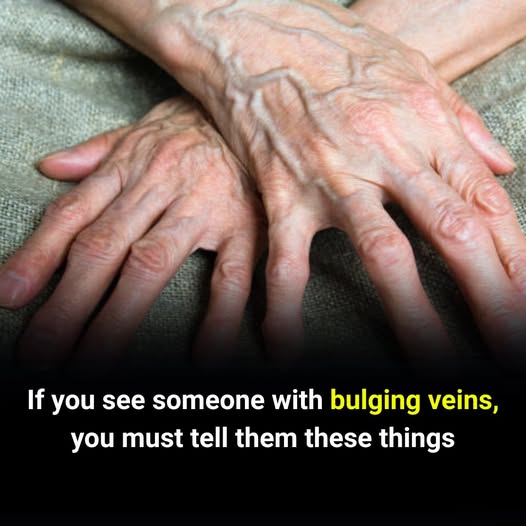Bulging, raised veins under the skin
Itching, burning, or throbbing around the veins
Leg fatigue or restlessness
Worsening discomfort after long periods of standing
Risk factors:
Genetics
Obesity
Pregnancy
Prolonged sitting or standing
Note: While not always dangerous, varicose veins can progress to CVI or DVT if ignored.
3. Deep Vein Thrombosis (DVT)
What it is:
A life-threatening condition where a blood clot forms in a deep vein, usually in the leg or thigh. While the clot itself isn’t visible, it can cause surface veins to become more prominent due to blocked blood flow and swelling.
Warning signs:
Sudden swelling in one leg (not both)
Pain or tenderness, often starting in the calf
Warmth and redness over the affected area
Visible, engorged veins
Urgent: DVT is a medical emergency.
If the clot breaks loose, it can travel to the lungs, causing a pulmonary embolism — a potentially fatal condition.
👉 Seek immediate medical help if you experience these symptoms.
4. Congestive Heart Failure (CHF)
What it is:
When the heart can’t pump blood effectively, it leads to fluid buildup in the body — especially in the legs, ankles, and abdomen.
This increased pressure can cause veins in the neck (jugular veins) and limbs to become visibly distended.
Other symptoms:
